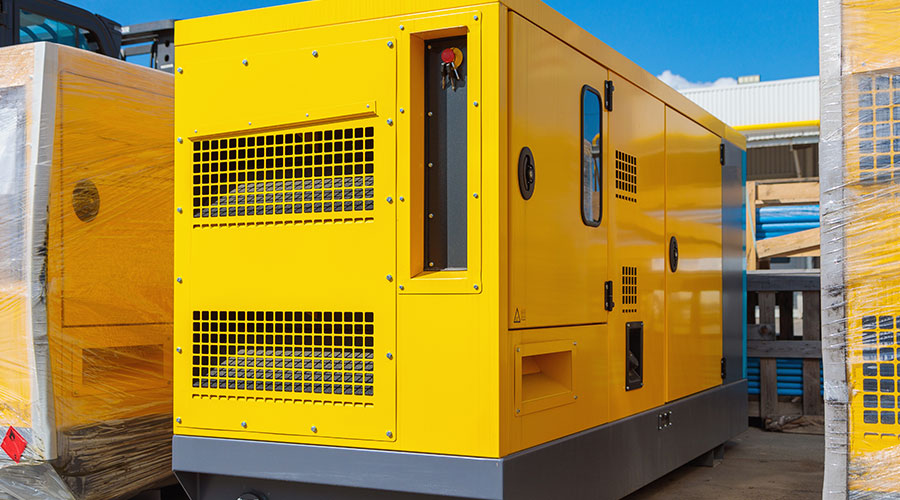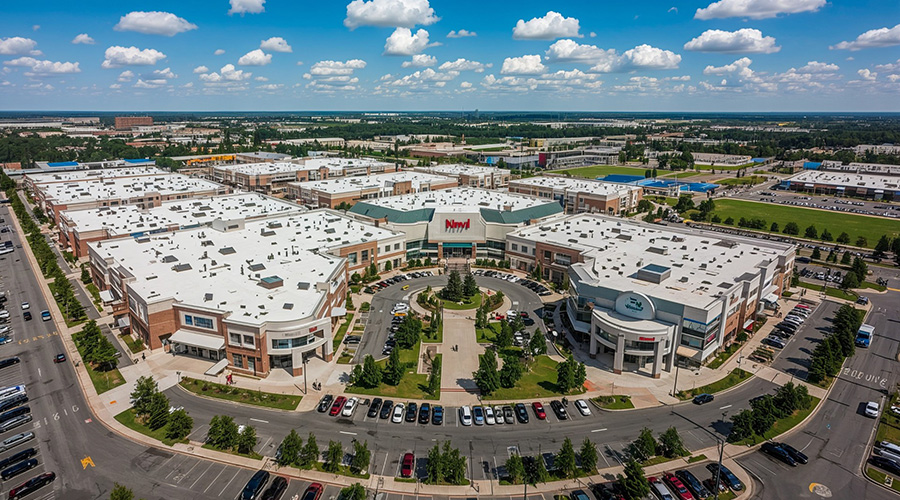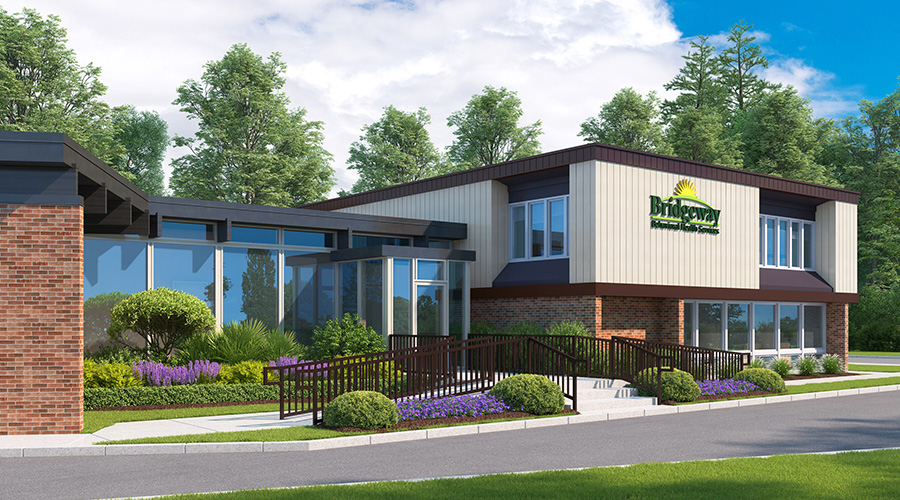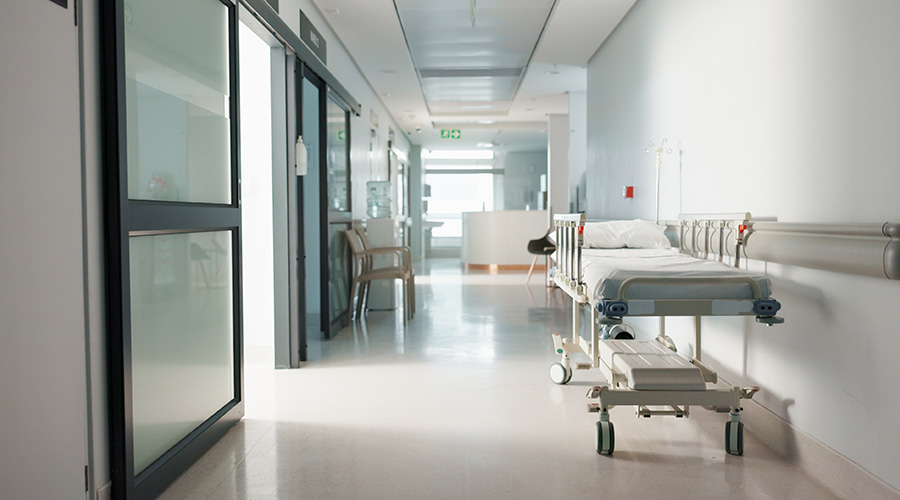For healthcare facilities, an outage isn’t just an inconvenience—it’s a potential catastrophe. That’s the reason why resilient emergency power systems are increasingly seen as the backbone of healthcare emergency preparedness.
In this manufacturer roundtable, Healthcare Facilities Today spoke with manufacturers about the critical role of backup power in keeping facilities operational during disasters.
What role do backup power systems play in overall emergency preparedness and resiliency planning for healthcare facilities? What design or installation strategies can enhance their performance during real-world emergencies?
“Backup power systems are a cornerstone of emergency preparedness in healthcare, ensuring continuous operation during grid outages caused by natural disasters or other crises. Design and installation strategies to enhance performance include redundancy (N+1 configurations), automatic transfer switches for seamless power transition, and regular maintenance/testing protocols.”
— Richard Sizemore, Business Development Manager, North America, Aggreko
“Backup power systems provide vital functionality and ensure continued operation of critical life-saving equipment, emergency lighting, HVAC, elevator and communication systems during power outages. Shared learning from healthcare peers and expert consulting engineers provide important guidance and best practices on how to design and install backup power systems within budget constraints. Manufacturers also provide vital education and training resources.
When it comes to emergency power systems, there are key foundational strategies and technologies that help ensure power continuity, including:
- Bypass Isolation automatic transfer switch (ATS): Provides uninterrupted power during maintenance and increases resilience in emergencies.
- Intelligent electrical system components: Communication between generators, ATS, switchgear and UPS enables faster response to outages and better load management.
- Proactive monitoring + alarms: Digital monitoring and management platforms track real-time system performance and can provide advance notification of potential issues before they result in unplanned downtime.
- Design for scalability: Modular systems enable backup power systems to grow alongside your building, and oversized circuit protection provisions support future capacity and faster recovery post-incident.
- Ensure you’re designing to meet local building requirements: Equipment installations (like microgrids) should be designed to meet local building requirements such as hurricane resilience in Puerto Rico or seismic certification in California.”
— Justin Carron, director of buildings and campuses, Eaton
“Most outages, according to the metrics out there, last less than 20 minutes. So, in many cases, you don’t need a long runtime. But when you’re talking about a more critical facility, like an enterprise hospital, where you might be centralizing a lot of people during a natural disaster, the backup power requirements become more robust.
To repeat myself: smaller facilities, like urgent care centers, can afford to shut down temporarily if a hurricane knocks out power for a few days. It’s not ideal, but the overall impact is manageable. Major hospitals, on the other hand, have to keep operating through those events. That means they need backup systems with much longer runtimes and much higher reliability.
Smaller facilities can often get by with smaller generators or even battery energy storage systems, especially if they’re only dealing with short outages. Batteries can be a great solution in those cases. But for larger hospitals, while batteries might still play a role, they can’t rely on them exclusively. If you run out of battery and can’t recharge, you’re in trouble. That’s why you'll still see emergency standby generators in these larger applications. They can run for days, especially if you've got ample fuel storage onsite, and if you start to run low, it’s relatively easy to bring in a truck and refuel. That’s not something you can do with a battery system.
One more important point: you also need a backup to the backup. In the past decade or so, we’ve seen more requirements for things like quick-connects, docking stations; some people call them cam locks. There are a lot of names for them, but they all serve the same purpose: they let you easily connect to a portable generator if your primary generators go offline, whether that’s for maintenance, a mechanical failure, or anything else.
These connections are great for large hospitals, but they’re also a smart option for smaller facilities that might not have a full backup system, maybe they just have a battery storage system, or maybe nothing at all because they're outpatient centers. Having quick-connect devices onsite lets them bring in power as needed, especially if they’re setting up temporary shelters or treatment areas during an emergency.
And just to underscore the importance of all this: some of these requirements came about because of real-world events. Several years ago, hurricanes hit areas with healthcare-adjacent facilities like retirement communities, nursing homes, and even hospitals. Some of them weren’t fully prepared. In some cases, they had no onsite generation at all, and people were exposed to extreme heat. That led to heat exhaustion and, tragically, loss of life.
In other cases, facilities had equipment failures but no easy way to connect a backup generator to their backup system. They simply couldn’t restore power quickly enough. So now, especially in healthcare settings, we’re seeing these quick-connect requirements written into code, and even when they’re not mandated, more organizations are choosing to install them anyway, just to be safe.”
— Victor Bonachea, expert product owner, ASCO Power Technologies / Schneider Electric
Jeff Wardon, Jr., is the assistant editor of the facilities market.

 Healthcare Is the New Retail
Healthcare Is the New Retail Bridgeway Behavioral Health Services Launches Campaign to Renovate Health Center
Bridgeway Behavioral Health Services Launches Campaign to Renovate Health Center Ground Broken for New North Dakota State Hospital
Ground Broken for New North Dakota State Hospital AI Usage for Healthcare Facilities
AI Usage for Healthcare Facilities Ground Broken on Pelican Valley Senior Living Modernization Project
Ground Broken on Pelican Valley Senior Living Modernization Project